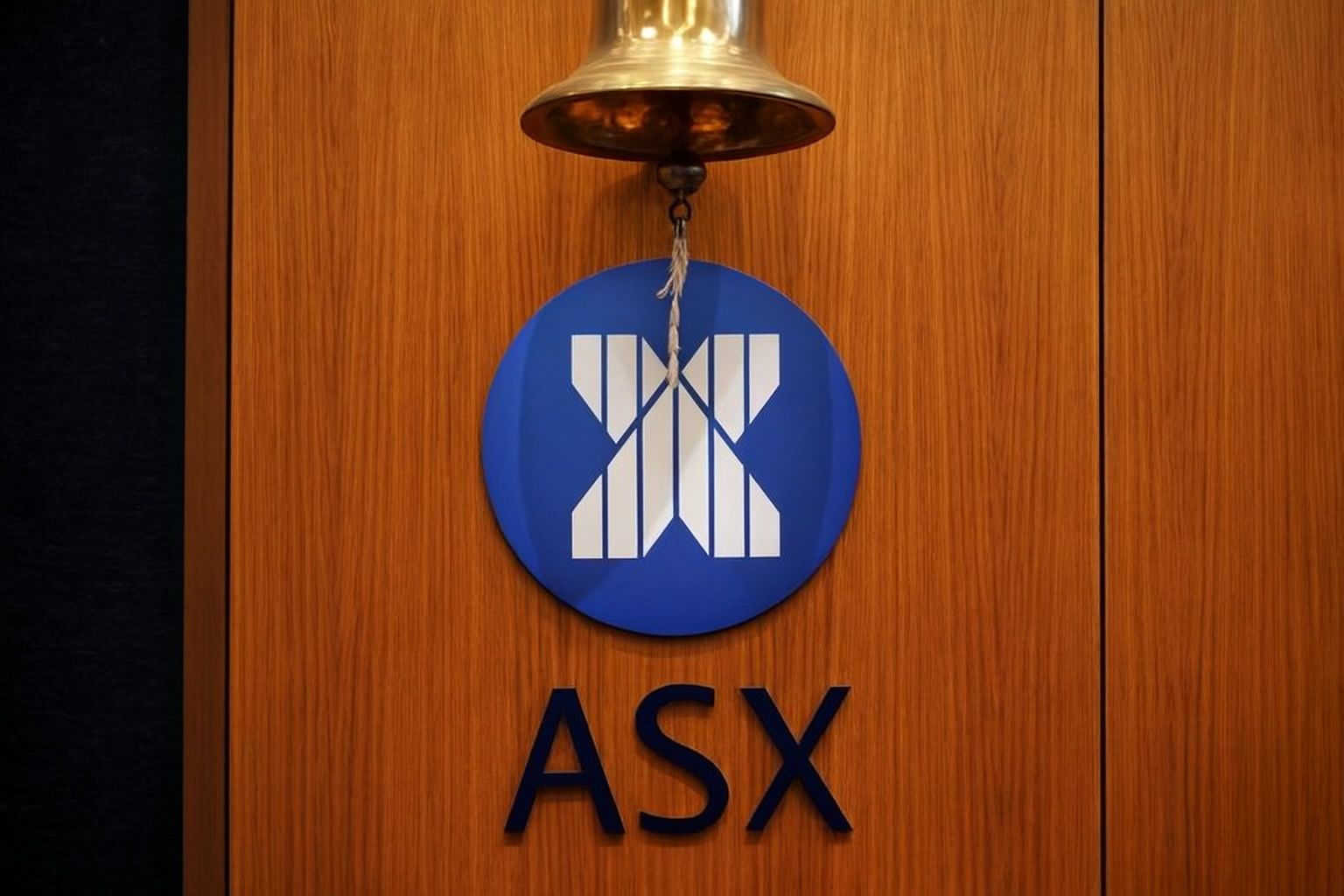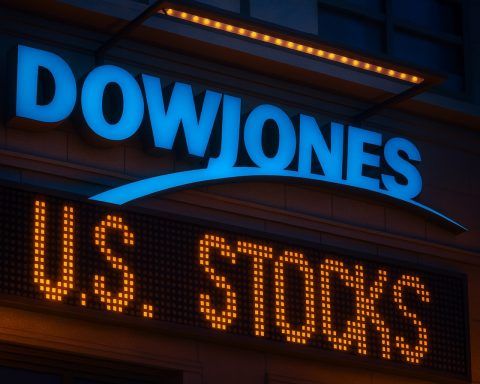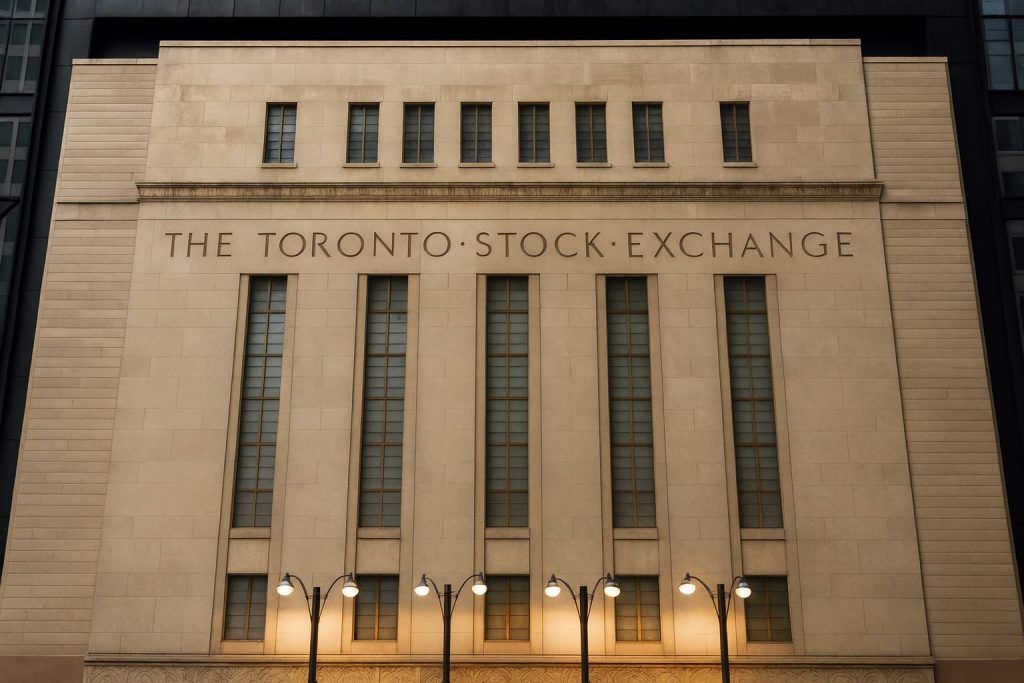The Australian share market has just wrapped up one of its toughest weeks since mid‑year, with regulatory shocks, governance scares and global tech jitters driving the S&P/ASX 200 sharply lower.
Australian stock market today: key numbers at a glance
Friday’s session (21 November) sets the backdrop for today’s market narrative, with the S&P/ASX 200 closing deep in the red:
- S&P/ASX 200: 8,416.5, down 136 points (-1.6%) on Friday [1]
- Market value wipe‑out: Roughly A$40 billion evaporated in a single session as the index fell to its lowest level since early June, around 7–8% below October’s record high above 9,100 points. [2]
- Week and month so far: The ASX 200 is down about 2.5% for the week and around 5% so far in November, trimming 2025 year‑to‑date gains back to just over 3%. [3]
- All Ordinaries: 8,686.3, down 2.48% for the week. [4]
- Aussie dollar: Hovering around US$0.64–0.65, little changed despite the equity turbulence. [5]
Friday marked the fourth straight weekly loss for the Australian market and a decisive break lower from its October peak, as the ASX slides toward what technical analysts call a “correction” (a 10% drop from a recent high). [6]
Why the ASX sold off: global AI jitters and interest‑rate nerves
The local rout didn’t happen in isolation. A sharp reversal on Wall Street and across major global indices spilled directly into Australian trading:
- The S&P 500 and Nasdaq Composite fell around 2% and nearly 3% respectively over the week, with investors questioning whether AI‑linked stocks still justify premium valuations. [7]
- A stronger‑than‑expected US jobs report (about 119,000 jobs added vs ~50,000 expected) fuelled concern that central banks may deliver fewer and smaller rate cuts than markets had hoped. [8]
Australian commentators describe the US session as a “roller‑coaster”: an early rally of almost 2% gave way to a full reversal and a decisive slide into the close, leaving risk appetite badly shaken as the ASX opened. [9]
By the time Friday’s closing bell rang in Sydney, the selling had spread across almost every local sector, with banks, miners, energy and tech all under heavy pressure. [10]
Sector performance: resources, banks and tech lead the decline
Fresh data published this morning highlight just how broad‑based the damage has been across the ASX 200 this week: [11]
- Materials (miners):
- Energy:
- Financials (banks):
- Information Technology:
- Info Tech is among the worst‑performing sectors this week, down just over 4%, and more than 18% lower for the year‑to‑date, underlining how brutal the recent de‑rating of growth stocks has been. [18]
- A Reuters‑summarised sector breakdown notes local tech stocks sliding in sympathy with the Nasdaq and with Nvidia losing its shine after investors questioned the durability of the AI boom. [19]
- Defensive pockets:
One standout statistic: the ASX Gold Index is still up more than 90% year‑to‑date, even after a weekly drop of over 5%as bullion prices eased. [22]
Biggest winners and losers: the stocks everyone is talking about
FNArena’s end‑of‑day rankings show just how lopsided Friday’s trade was, with heavy red on the losers’ side dominating a handful of pockets of strength. [23]
Top gainers (ASX 300, Friday 21 Nov)
Among the 20 biggest percentage gainers in the ASX 300:
- GQG Partners (GQG): up 5.2%
- Catapult Sports (CAT): up 4.4%
- Gentrack Group (GTK): up 4.3%
- Charter Hall (CHC): up 4.2%
- WiseTech Global (WTC): up about 2.4%, defying broader tech weakness as investors looked past a remuneration revolt (more on that below). [24]
These moves were the exception, not the rule: FNArena’s data show 164 stocks in the ASX 200 closing lower, only 32 higher and four unchanged – a classic broad‑based sell‑off. [25]
Biggest losers
On the downside, Friday’s tape was dominated by regulatory shock, earnings disappointments and governance concerns: [26]
- Mayne Pharma (MYX): ‑23.1%
- Accent Group (AX1): ‑15.4%
- Lovisa Holdings (LOV): ‑13.8%
- Vulcan Energy (VUL): about ‑11.6%
- Iluka Resources (ILU): about ‑11.6%
- DroneShield (DRO): ‑9.3%, continuing a dramatic multi‑week slide
- Liontown Resources (LTR): ‑8.4%, despite earlier strength tied to a lithium auction
- A cluster of uranium and gold names, including Paladin, Deep Yellow, Bannerman Energy and Newmont, also featured on the losers list as gold and uranium prices eased. [27]
Mayne Pharma: national‑interest veto sends shares into a trading halt
The single biggest stock story of the day – and likely the weekend – is Mayne Pharma.
- The federal government formally blocked a A$672 million takeover bid by US‑based Cosette Pharmaceuticals, citing national‑interest concerns tied to Cosette’s plan to shut Mayne’s Adelaide manufacturing plant. [28]
- The plant employs roughly 200 workers and is seen as strategically important to domestic medicine supply chains, especially for generic medicines. [29]
- Following the announcement, Mayne Pharma’s shares plunged about 23% before entering a trading haltpending a “material announcement” on the now‑collapsed deal. [30]
The decision has sparked debate over foreign investment rules, with some investors warning that high‑profile national‑interest vetoes could deter future offshore bidders, particularly in sensitive sectors like healthcare and critical infrastructure. [31]
For the broader ASX, the Mayne saga is a textbook example of regulatory risk – a factor markets sometimes under‑price until it suddenly becomes front‑page news.
DroneShield: governance crisis after an 800% rally
Another lightning rod for investor nerves this week has been DroneShield, the once high‑flying defence‑tech stock that has become a case study in how quickly sentiment can flip.
Key points from Reuters and local coverage: [32]
- DroneShield shares fell as much as 12% intraday on Friday, closing down around 8%, and are now about 75% below their 9 October peak after an 800% rally earlier in the year.
- The rout accelerated after disclosures that CEO Oleg Vornik, Chairman Peter James and other insiders sold about A$70 million of stock over six days, effectively exiting their holdings.
- A mis‑classified US contract announcement – originally presented as “new business” but later revealed to be an existing order – and the sudden departure of the company’s US CEO further undermined confidence.
- Short interest in the stock has jumped more than 60% in just two weeks, according to regulator data, as sceptical investors pile in.
- DroneShield also cancelled a scheduled investor call intended to calm markets, a move that only heightened concerns.
For a market already uneasy about rich valuations in tech, DroneShield’s governance saga underscores how trust can evaporate quickly when investors feel blindsided.
WiseTech: shareholder backlash on pay, but the share price rises
WiseTech Global offered a rare bright spot – and a reminder that the market can separate governance concerns from underlying business strength.
- At its AGM, WiseTech received a “first strike” against its remuneration report, with about 49.5% of votes cast against the company’s pay plans – almost double the 25% threshold required to trigger a strike under Australian law. [33]
- Proxy advisers had flagged concerns that the structure allowed for “retesting” of unearned short‑term bonuses, and the board has now committed to appointing at least one additional independent non‑executive director. [34]
- Despite the protest vote, WiseTech’s share price rose between 2–5% on Friday, helped by management reaffirming FY25–26 earnings guidance and signalling ongoing strong demand for its logistics software. [35]
In a market selling off almost across the board, WiseTech’s resilience stands out – but the first strike means the company will remain under intense governance scrutiny heading into next year’s AGM.
Retail and consumer names: Lovisa and Accent disappoint
The sell‑off wasn’t limited to cyclicals and high‑beta names. The retail sector delivered some of the day’s sharpest single‑stock declines after disappointing trading updates:
- Lovisa Holdings (LOV):
- Shares fell 13.8% to about A$30, after same‑store sales growth of around 3.5% lagged market expectations closer to 5%. [36]
- Accent Group (AX1):
- Dropped about 15.4% to roughly A$1.01, as the footwear chain downgraded earnings guidance, citing soft trading conditions and heavy discounting. [37]
These moves highlight how little tolerance investors currently have for any sign that consumer‑facing businesses are losing pricing power or margin.
Big miners, gold and energy: cyclical sectors in focus
Friday’s trading further entrenched a theme that’s been building for weeks: cyclical heavyweights are increasingly sensitive to every macro headline.
From SmallCaps’ weekly wrap and global sector breakdowns: [38]
- Iron ore & diversified miners:
- BHP (BHP) and Rio Tinto (RIO) fell around 3.2%, while Fortescue (FMG) lost about 5.5% on Friday, after reports that China may halt purchases of some lower‑grade iron ore added to existing concerns over demand.
- Gold miners:
- Newmont (NEM) dropped more than 6%, with Northern Star (NST) down around 4%, mirroring a pullback in spot gold prices after a powerful multi‑month run.
- Energy:
- Woodside (WDS) and Santos (STO) slid roughly 2.7% and 3% as oil prices softened.
Meanwhile, FNArena’s “Market In Numbers” data show the Metals & Mining index down about 4.4% for the week, even though it remains more than 20% higher year‑to‑date, underlining how volatile the sector has become. [39]
Looking ahead: what ASX investors will watch next week
With the ASX entering the weekend at a multi‑month low, attention is already turning to the data and events that could shape the next move:
- Australian monthly CPI (October) – due mid‑week, this is seen as a major swing factor for RBA rate‑cut expectations, with some analysts tipping a small monthly decline helped by electricity subsidies, but inflation still stuck in the mid‑3s year‑on‑year. [40]
- US economic releases and Fed commentary – a busy calendar of data and speeches will give markets more clues on how fast – and how far – US rates might fall in 2026. [41]
- New Zealand central bank decision – a widely expected rate cut from the RBNZ could influence sentiment toward Antipodean risk assets and currencies. [42]
- Ongoing AGM season and company guidance – from tech names to retailers and resources, any upgrade or downgrade to FY26 guidance is being punished or rewarded heavily in this jittery environment. [43]
Against this backdrop, the ASX now looks like a market caught between solid year‑to‑date gains and mounting short‑term stress, with:
- A modest positive return for 2025 still intact at index level;
- A steep divergence between winners (gold, some resources) and losers (tech, healthcare); and
- Heightened sensitivity to governance issues (DroneShield, WiseTech) and regulatory decisions (Mayne Pharma).
Bottom line
As of 22 November 2025, the Australian stock market is:
- Well off its recent highs, sitting around early‑June levels;
- Nursing a heavy weekly and monthly loss, driven by global tech repricing and renewed rate jitters;
- Digesting three big local stories – the Mayne Pharma takeover veto, the DroneShield governance meltdownand a shareholder pay revolt at WiseTech – that have sharpened investor focus on risk, transparency and national‑interest rules.
For investors, the message from the past two sessions is clear: this is a headline‑driven market, where macro data, boardroom decisions and policy calls can all move prices quickly and violently.
Important: This article is for general information only and does not constitute financial advice. Always consider your own objectives and seek professional advice before making investment decisions.
References
1. www.marketindex.com.au, 2. smallcaps.ca, 3. fnarena.com, 4. fnarena.com, 5. www.marketindex.com.au, 6. www.abc.net.au, 7. fnarena.com, 8. www.marketindex.com.au, 9. smallcaps.ca, 10. www.marketindex.com.au, 11. fnarena.com, 12. fnarena.com, 13. smallcaps.ca, 14. fnarena.com, 15. smallcaps.ca, 16. fnarena.com, 17. smallcaps.ca, 18. fnarena.com, 19. www.brecorder.com, 20. fnarena.com, 21. fnarena.com, 22. fnarena.com, 23. fnarena.com, 24. fnarena.com, 25. www.abc.net.au, 26. fnarena.com, 27. fnarena.com, 28. www.reuters.com, 29. www.reuters.com, 30. www.reuters.com, 31. au.finance.yahoo.com, 32. www.reuters.com, 33. www.sharecafe.com.au, 34. www.afr.com, 35. fnarena.com, 36. smallcaps.ca, 37. smallcaps.ca, 38. smallcaps.ca, 39. fnarena.com, 40. smallcaps.ca, 41. fnarena.com, 42. www.brecorder.com, 43. insideadviser.com.au










